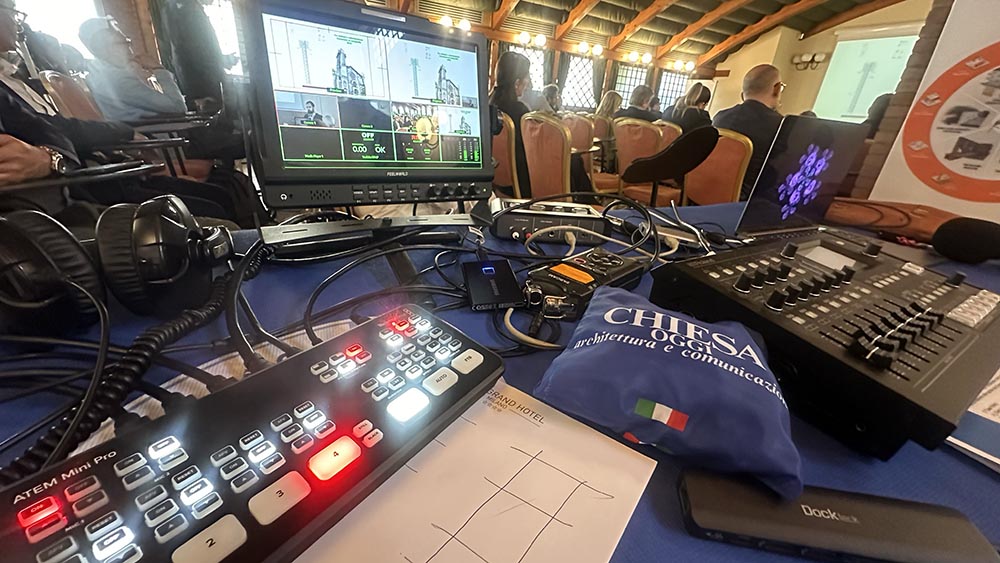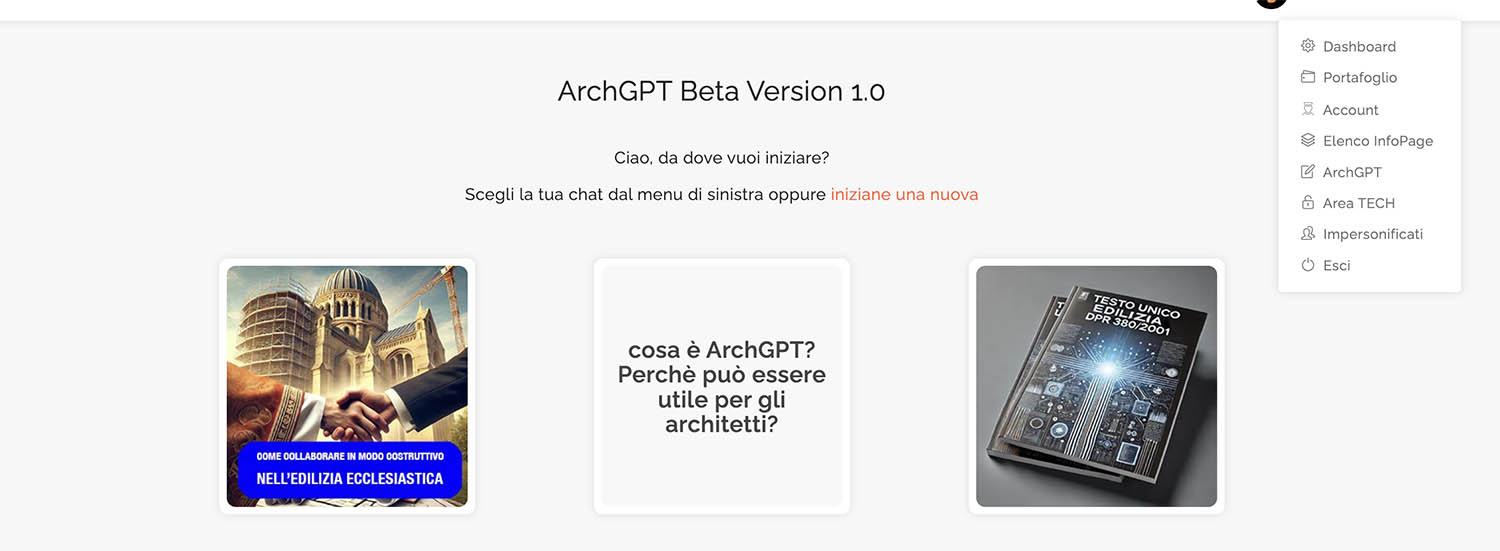Recording Events for SMEs: A Winning Strategy
In the digital age, recording videos of events is an essential resource for Italian small and medium-sized enterprises (SMEs). This practice not only allows documenting important moments but also offers numerous opportunities to expand the company's visibility, train staff, and create valuable content for customers. Let's explore how to make the most of this resource through four key strategies.
Explicit Content: The Importance of Short, Focused Videos
One of the most effective ways to capture the audience's attention is through short and well-focused videos. Think about TEDx: each presentation lasts about 15 minutes, an ideal format to keep attention high and convey clear and impactful concepts. SMEs can adopt a similar strategy, creating 15-minute videos that focus on one or a few key concepts. For example, a company could produce a series of training videos on specific topics such as using a new product, practical industry tips, or customer testimonials.
This duration allows for an in-depth exploration of the topic without overwhelming the viewer, ensuring the message is clear and memorable. Creating a thematic playlist with these videos can further help organize the content in a structured way, making it easier for the audience to consume. Each video becomes a piece of a larger puzzle, offering a comprehensive view but divided into easily digestible segments.
Social Media Adaptation: Amplifying the Message
Social media platforms are a powerful tool for disseminating video content. SMEs can leverage these platforms to reach a wider and more diverse audience. Sharing short clips on social networks like Instagram, Facebook, LinkedIn, and TikTok can significantly increase the company's visibility. Each platform has its peculiarities and specific targets, so it's important to adapt the content to the context.
For example, on LinkedIn, videos can be more professional and business-oriented, while on Instagram and TikTok, more informal and behind-the-scenes content can attract audience interest. Additionally, using relevant and engaging hashtags can help reach a broader audience. Videos can be used to launch new products, share company successes, or provide interesting updates, creating a continuous flow of content that keeps the company in the spotlight.
Training Tools for Staff
Videos are not only useful for external promotion but also represent an effective tool for internal training. SMEs can use videos to train staff, improve skills, and update knowledge. For instance, tutorial videos on new software or company procedures can facilitate learning and ensure that all employees are aligned with the latest practices.
These videos can be included in a continuous training program, accessible at any time by staff, allowing for flexible and on-demand learning. This approach not only saves time but also ensures that training is constant and up-to-date. Additionally, training videos can be used to introduce new hires to the company, providing a clear and detailed overview of expectations and procedures.
Videos for Customers: Education and Engagement
Finally, videos are a powerful tool for educating and engaging customers. Creating video content that explains how to use the company's products or services can significantly enhance the customer experience. Tutorial videos, visual FAQs, and testimonials can help customers better understand the benefits of the products, solve common problems, and feel more connected to the brand.
This type of content can reduce the load on customer service, as many questions can be resolved through the videos. Furthermore, customers who feel supported and well-informed are more likely to remain loyal and recommend the company to others. Creating a dedicated video section on the company's website can become a valuable resource for customers, providing easy and immediate access to all the information they might need.
Conclusion: The Value of Collaboration with Reference Media
The quality of videos is crucial. Collaborating with reference media can significantly elevate the value of the produced content. When a video is professionally made, the company gains credibility and authority. This effect is amplified if the videos are associated with brands or figures already recognized in the sector, creating a multiplier effect in terms of trust and respect.
In summary, recording videos of events represents a versatile and powerful strategy for SMEs. From internal training to external promotion, to customer education, videos offer countless opportunities to grow and consolidate their market presence. Investing in this resource means creating valuable content capable of informing, educating, and engaging, taking the company to new levels of success.








